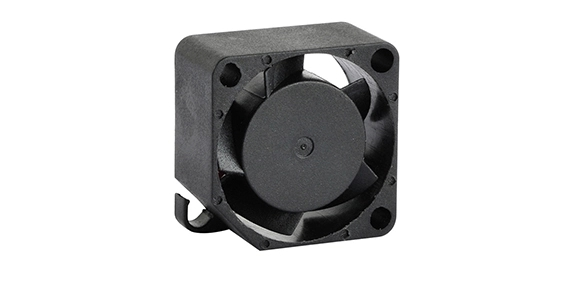In today's modern world, technology continues to advance at an astonishing pace. One area that has seen significant innovation is in the field of miniaturization and compact design in DC blower fans. These advancements have not only revolutionized the way blower fans function but have also opened up new possibilities and advantages for various industries. This article delves into the art of miniaturization in DC blower fans, the advantages of compact design, the energy-efficiency unleashed by these devices, and the promising future they hold.
The Art of Miniaturization in DC Blower Fans
DC blower fans are essential components widely used in various applications, ranging from cooling electronic devices to ventilation systems. The art of miniaturization in these fans involves reducing their size without compromising performance. With cutting-edge engineering techniques, manufacturers have managed to pack powerful performance into smaller designs. These advancements in miniaturization have led to the development of more compact and efficient fans.
The Advantages of Compact Design in DC Blower Fans
Space-saving
Compact design is particularly advantageous in applications where space is limited. These small-sized fans can be easily integrated into compact devices without occupying excessive space.
Versatility
The compact design allows DC blower fans to be used in various industries and applications. From automotive to medical devices and HVAC systems, their versatility allows for widespread application.

Enhanced airflow
Compact fans are designed to provide high airflow in restricted spaces. Their optimized fins and blade designs ensure efficient cooling, making them ideal for devices prone to overheating.
Energy-Efficiency Unleashed: The Green Side of Compact DC Blower Fans
In recent years, energy efficiency has become a paramount concern for businesses and consumers alike. Compact axial air fan plays a significant role in addressing these concerns:
Reduced power consumption
The smaller form factor of these fans inherently leads to lower power consumption. This translates to energy savings and reduced operational costs.
Variable speed control
Many compact DC blower fans offer variable speed control options. This allows users to adjust fan speed according to cooling requirements, resulting in better energy management.
Enhanced thermal management
Compact designs enable efficient heat dissipation, ensuring electronic devices operate optimally while consuming less energy.

A Cool Future with Compact DC Blower Fans
The future of DC blower fans is promising, as miniaturization and compact designs continue to evolve. With ongoing advancements in technology, we can anticipate:
Improved performance
Smaller fan sizes do not limit performance capabilities. Ongoing research and development strive to enhance efficiency and airflow while maintaining compact design principles.
IoT integration
Compact blower fans have the potential to be integrated into Internet of Things (IoT) devices. This allows for smart control and monitoring, optimizing cooling capabilities and further improving energy efficiency.
Sustainable solutions
The push for environmentally friendly solutions will drive the development of eco-conscious DC blower fans. Manufacturers will focus on using recyclable materials and reducing energy consumption even further.
Miniaturization and compact design in DC blower fans have transformed the way we approach cooling and ventilation. With smaller sizes, enhanced performance, and improved energy efficiency, these fans offer immense advantages across various industries. As technology continues to progress, we can expect a cool future with further advancements in miniaturization and the continued development of compact DC blower fans.

 EN
EN 

 +
+
 +
+
 +
+



